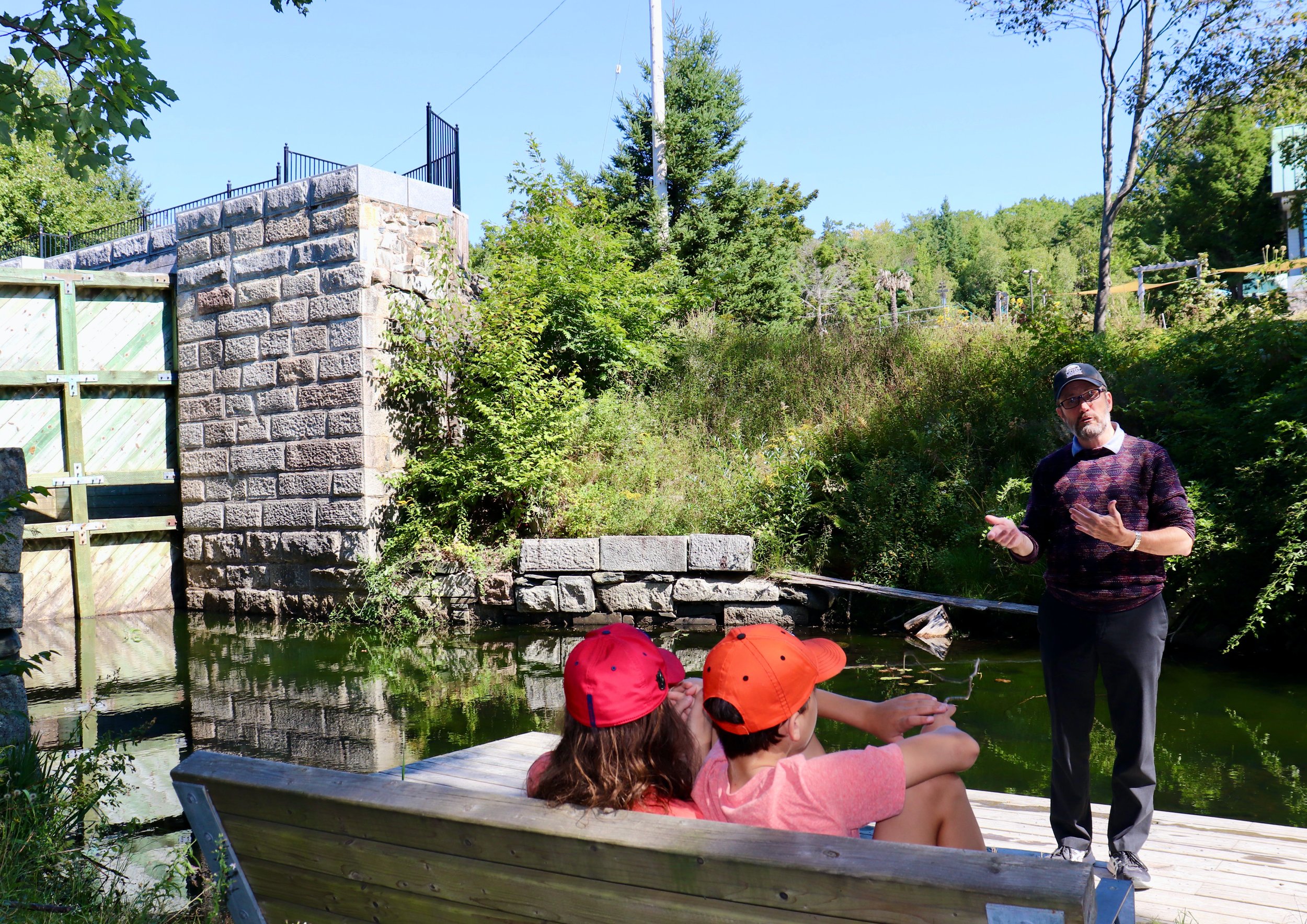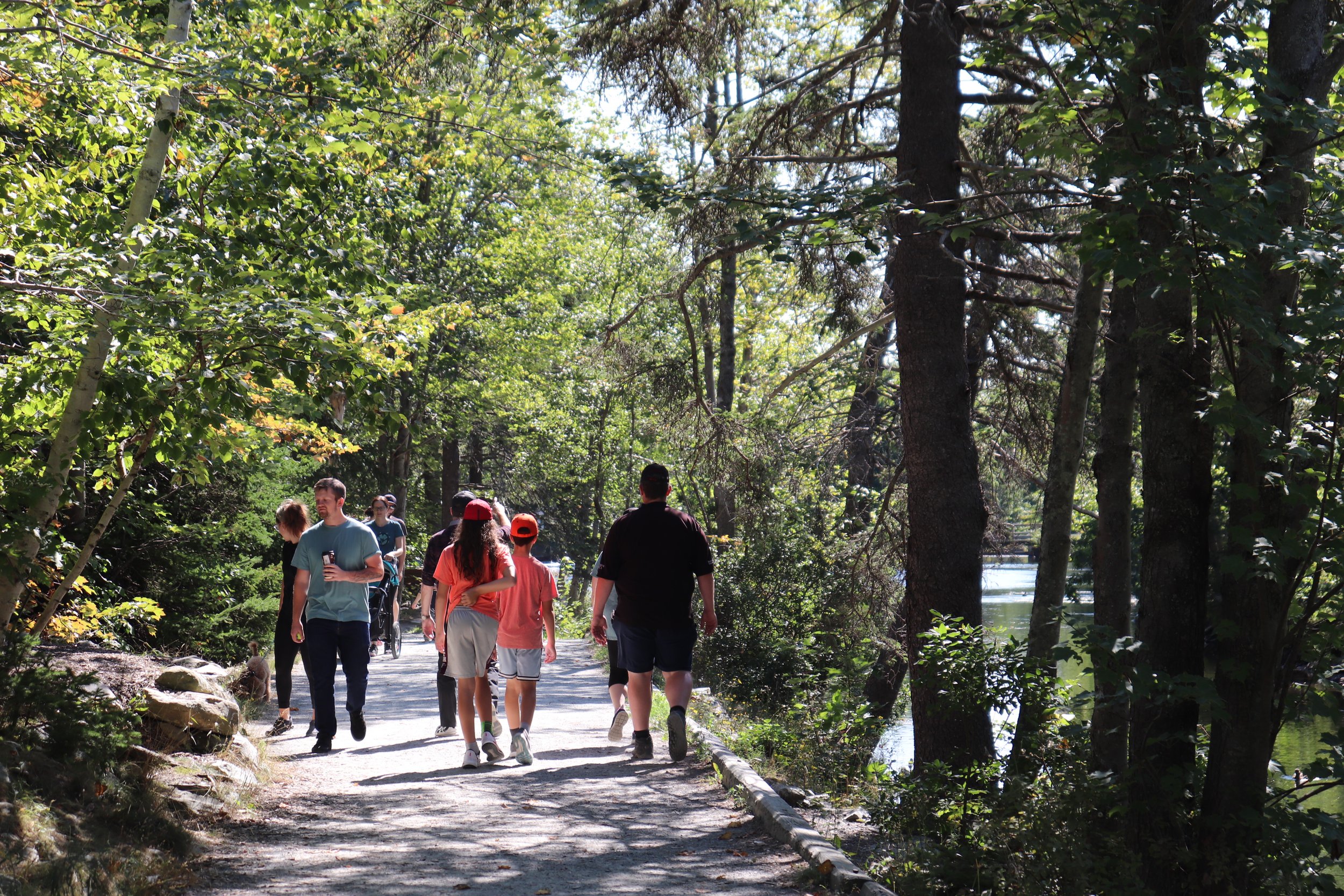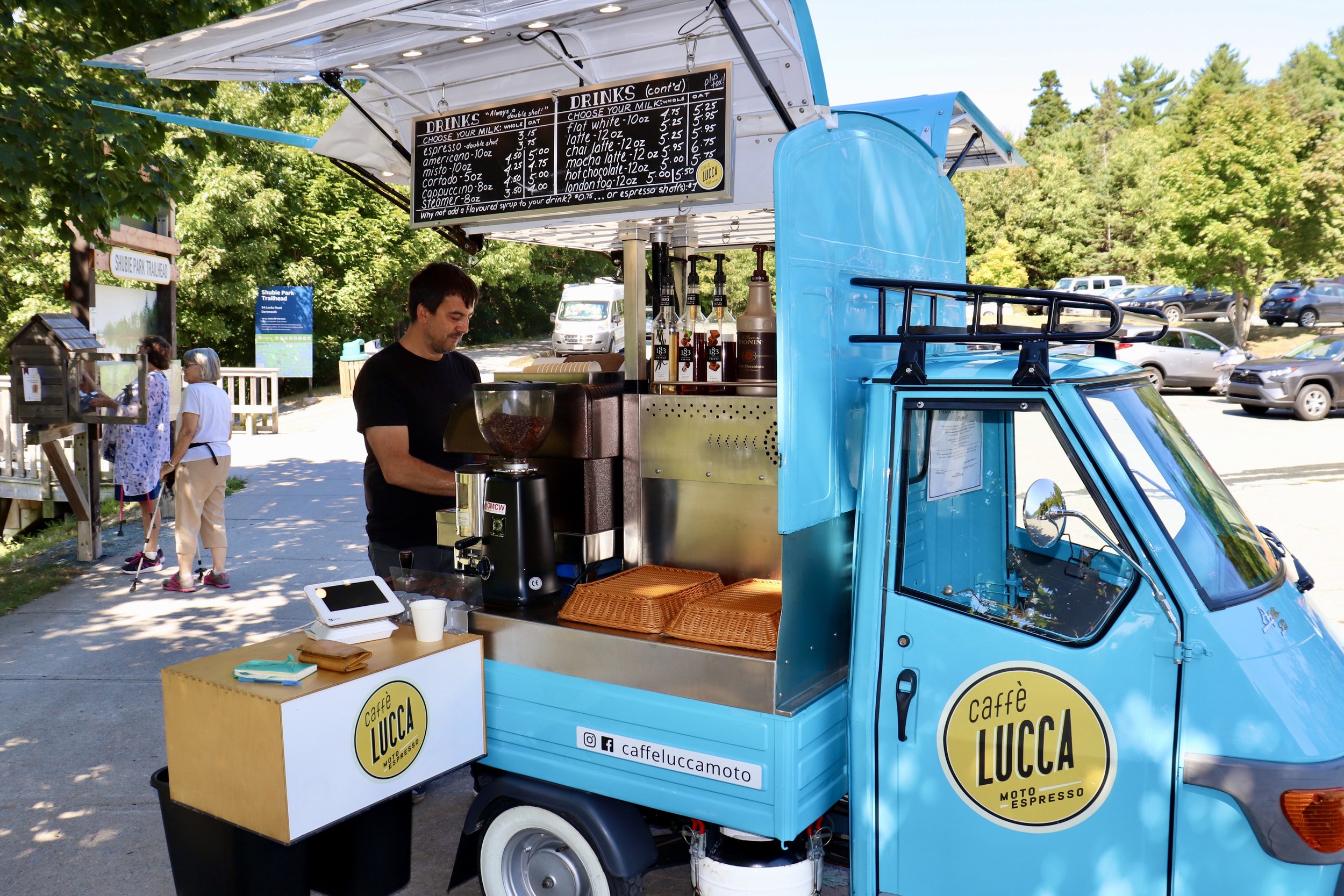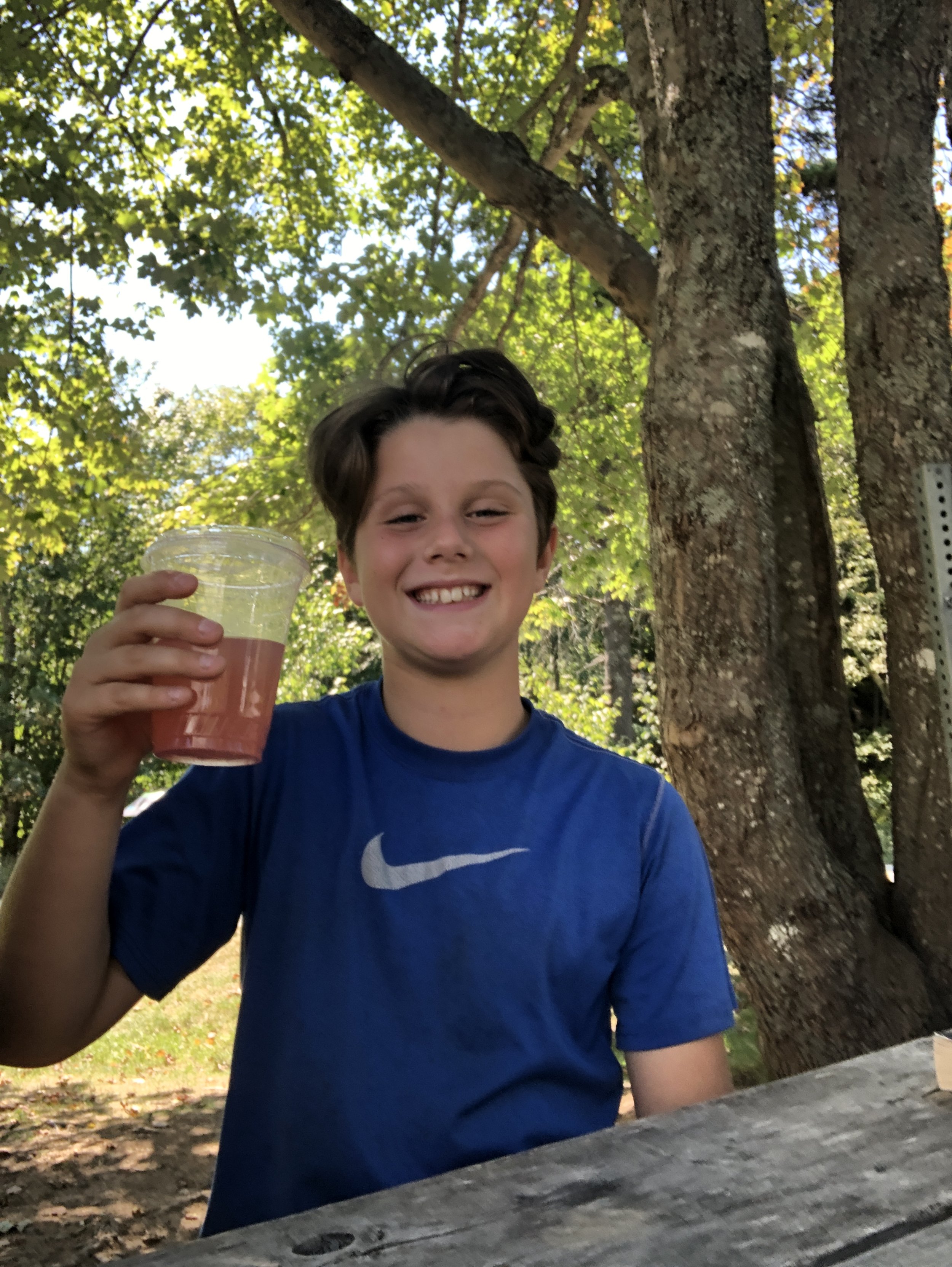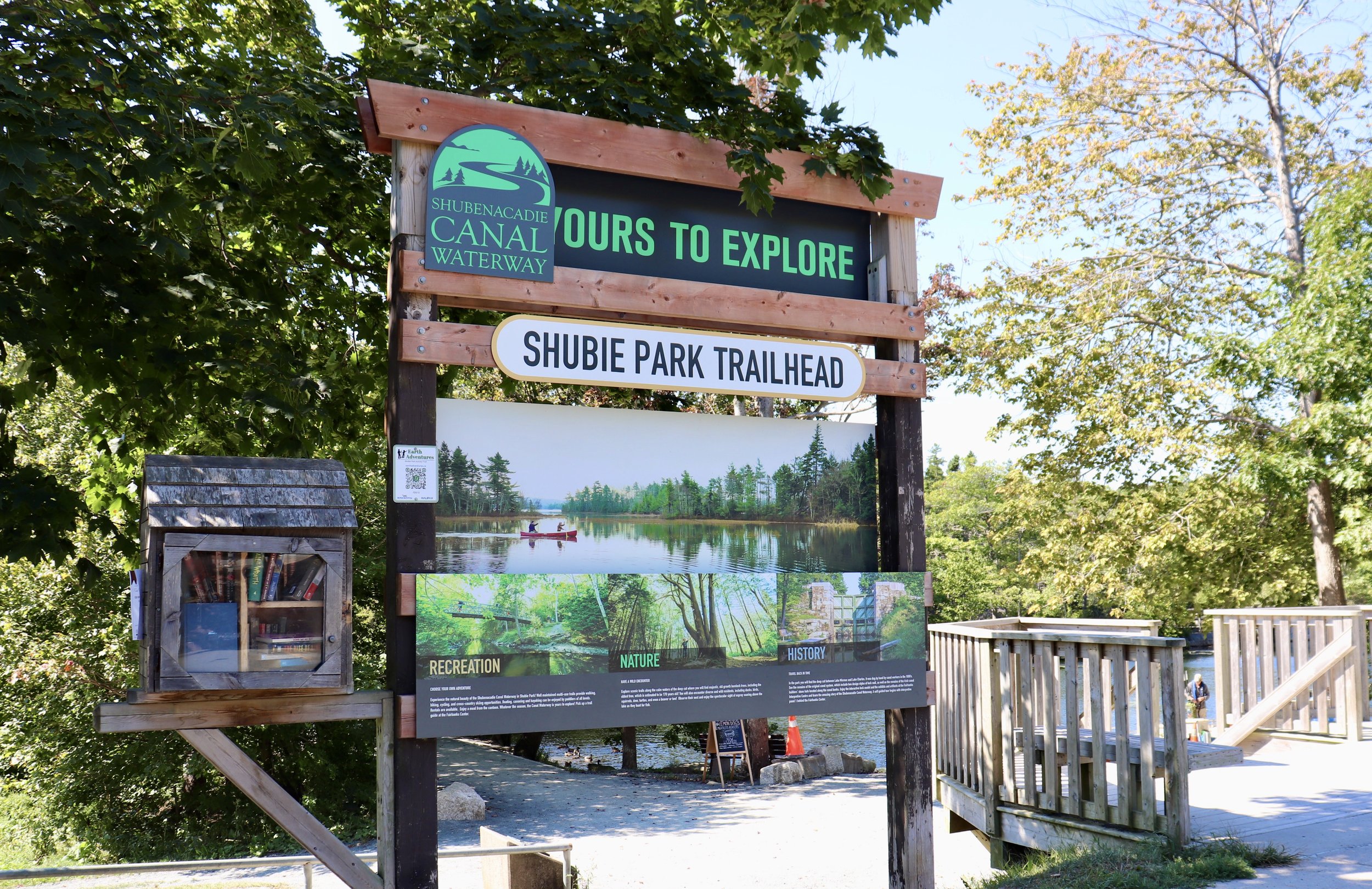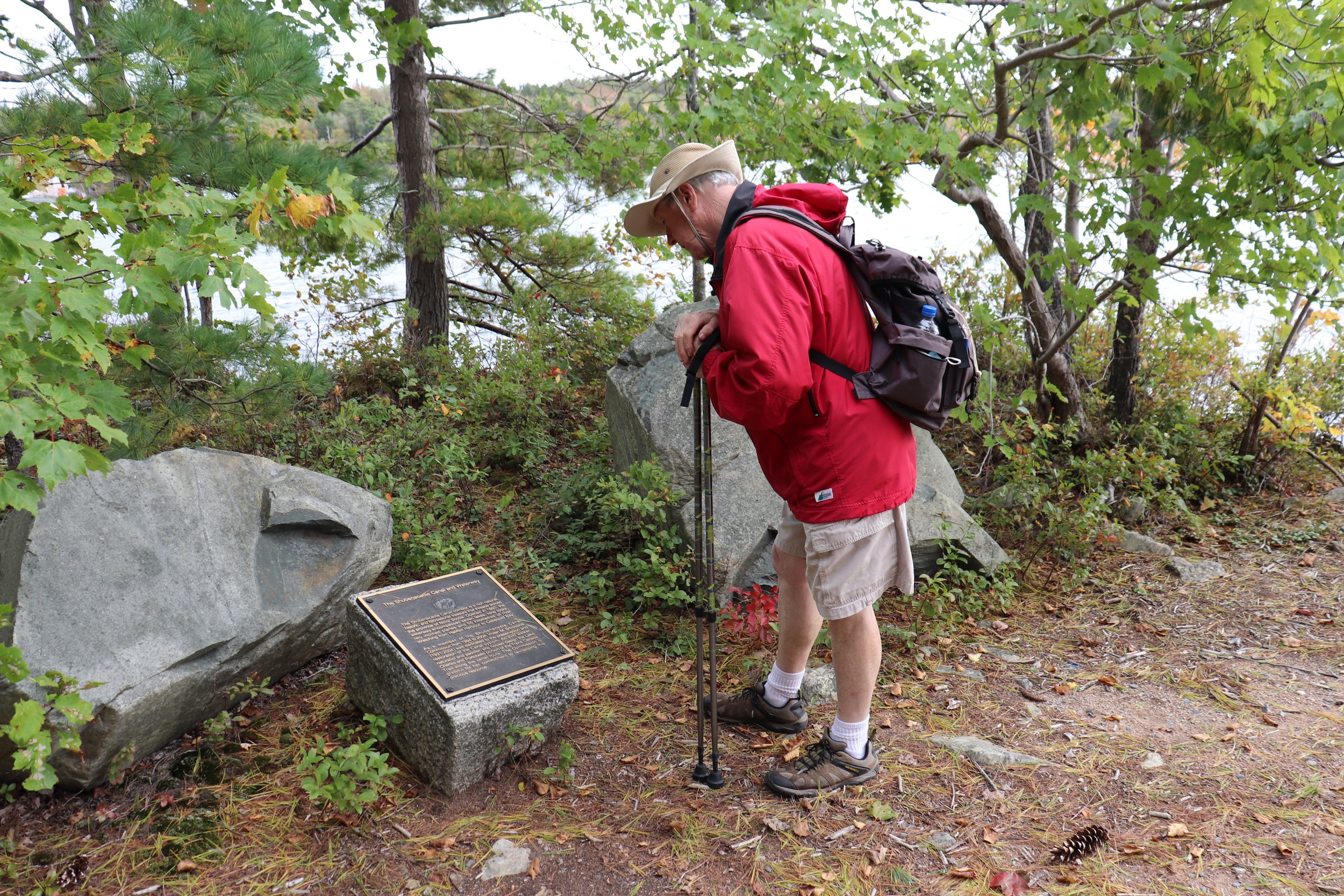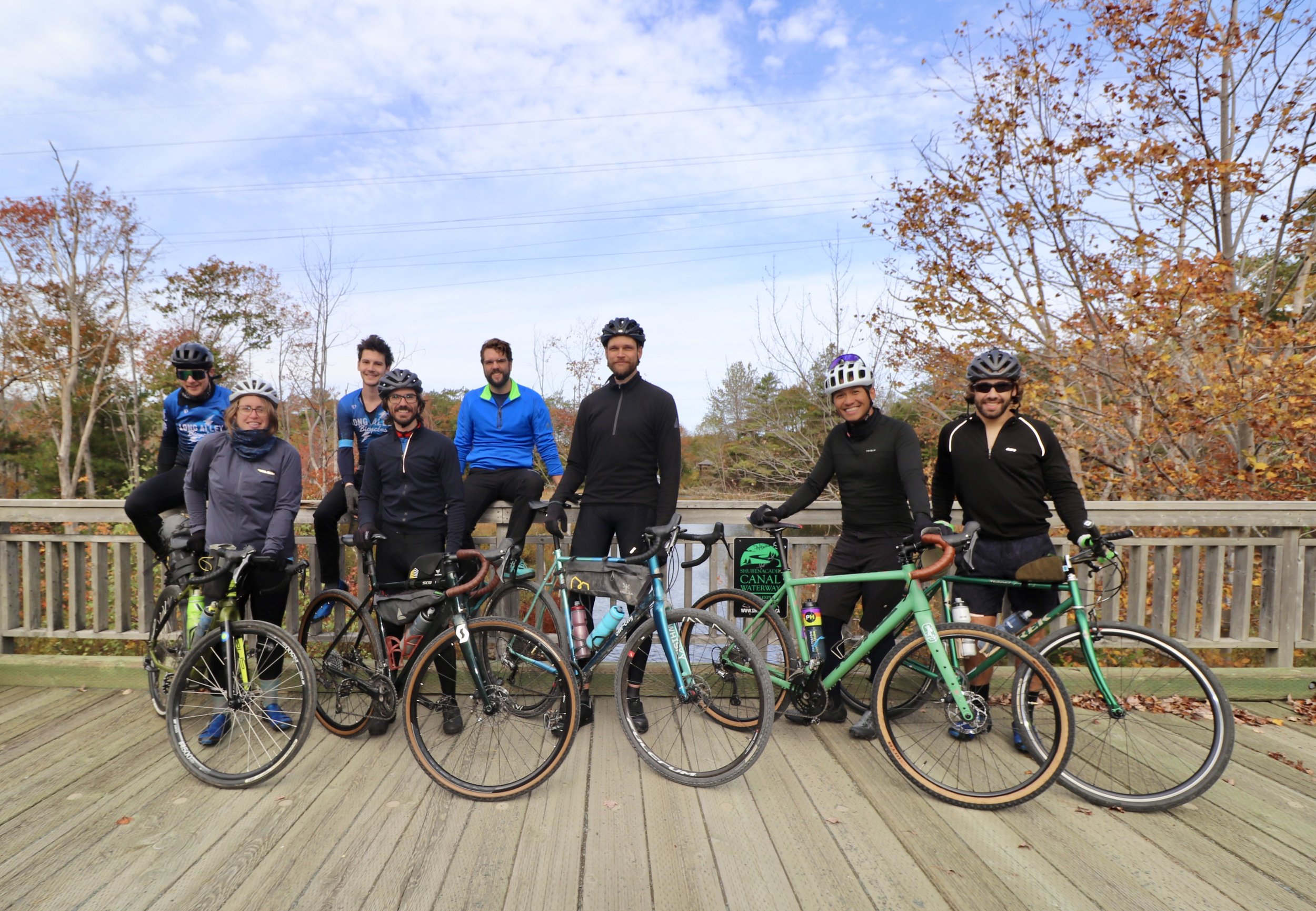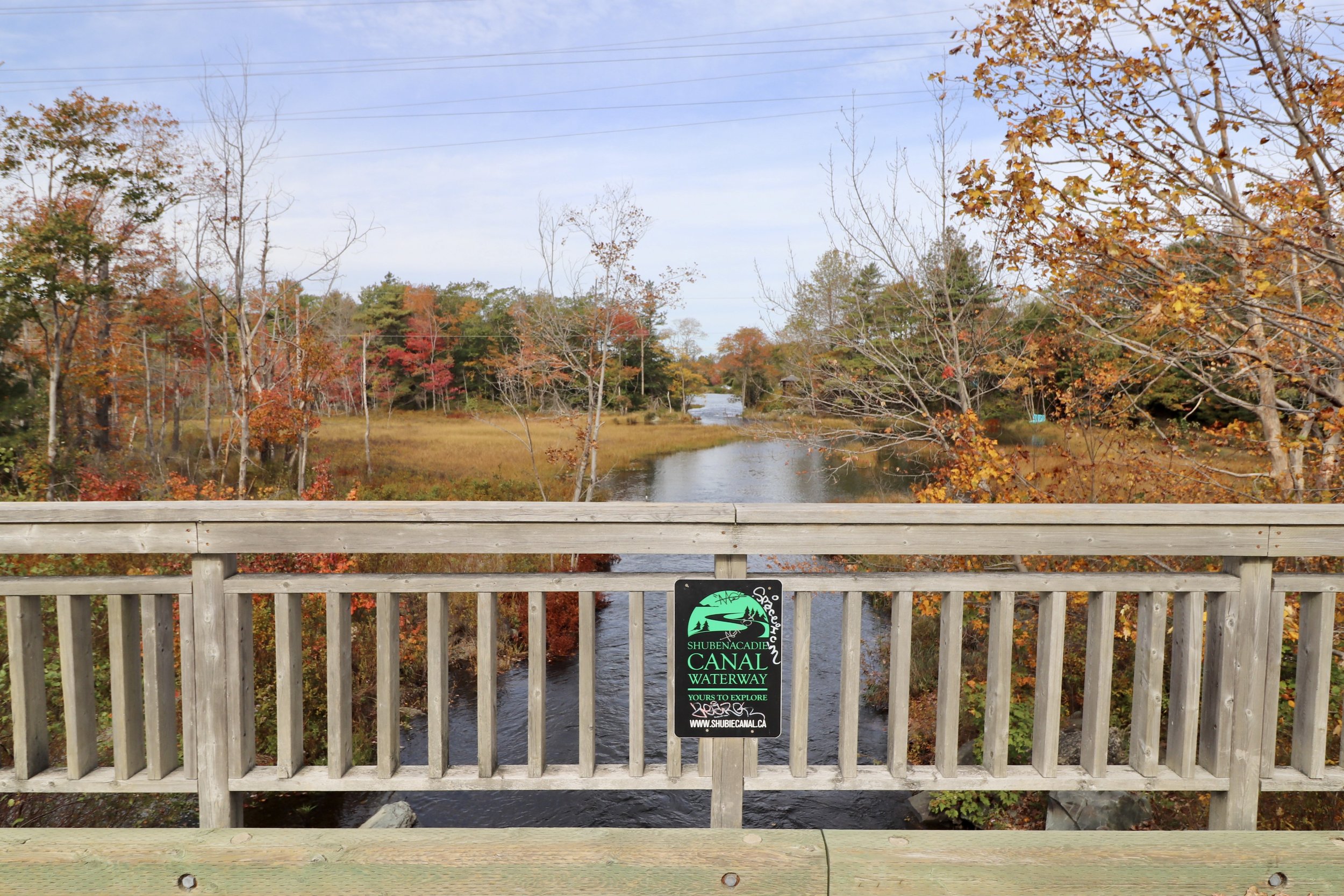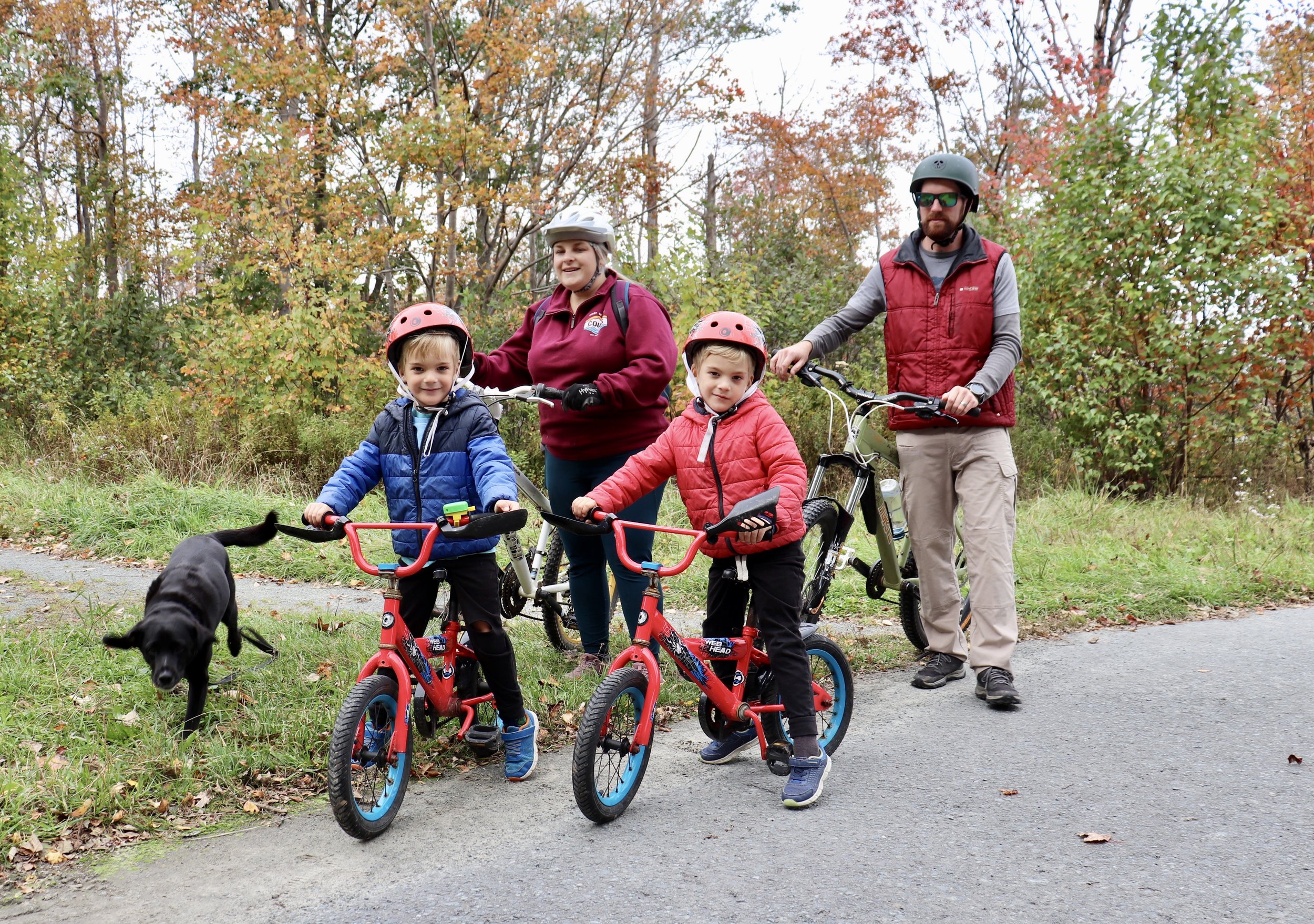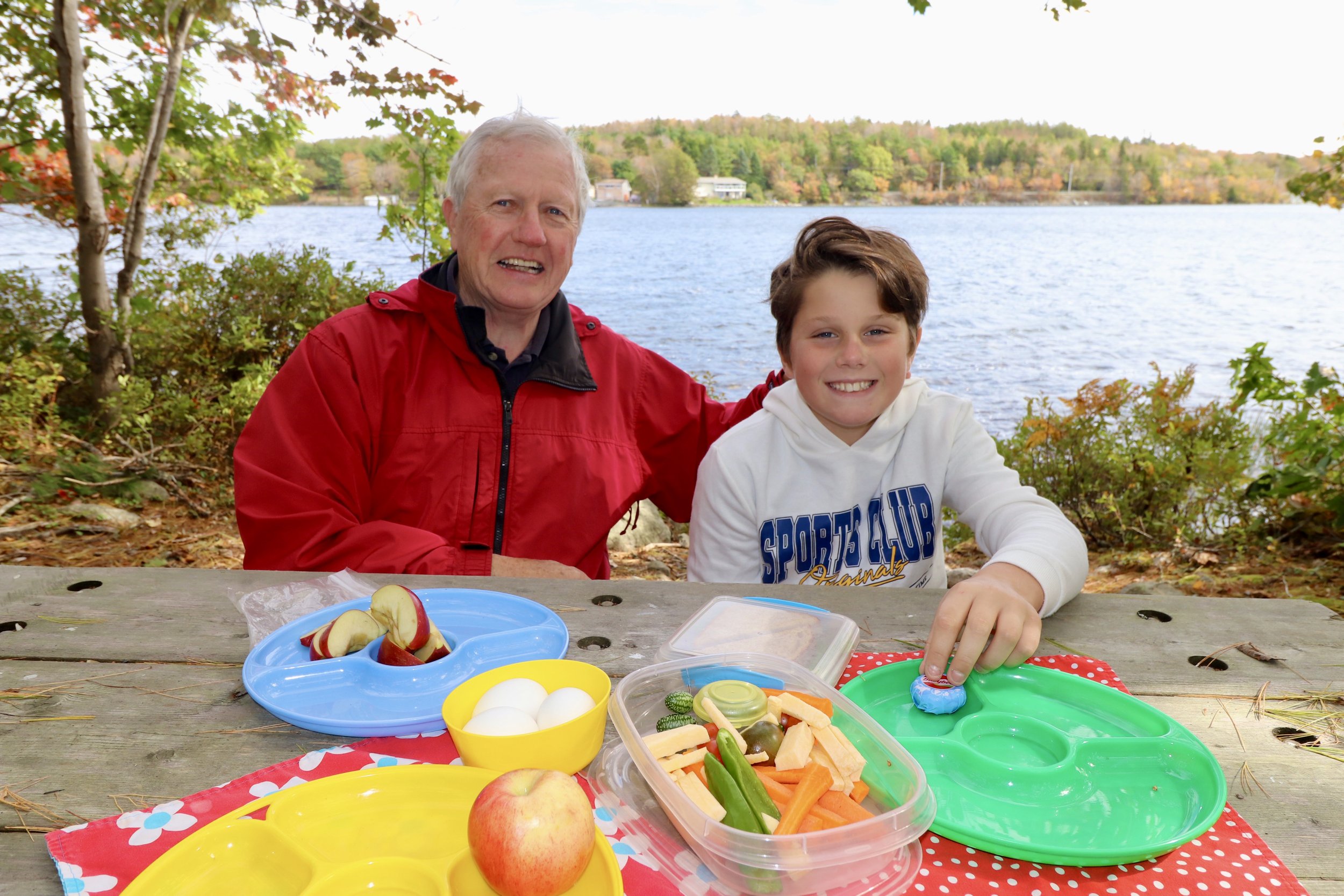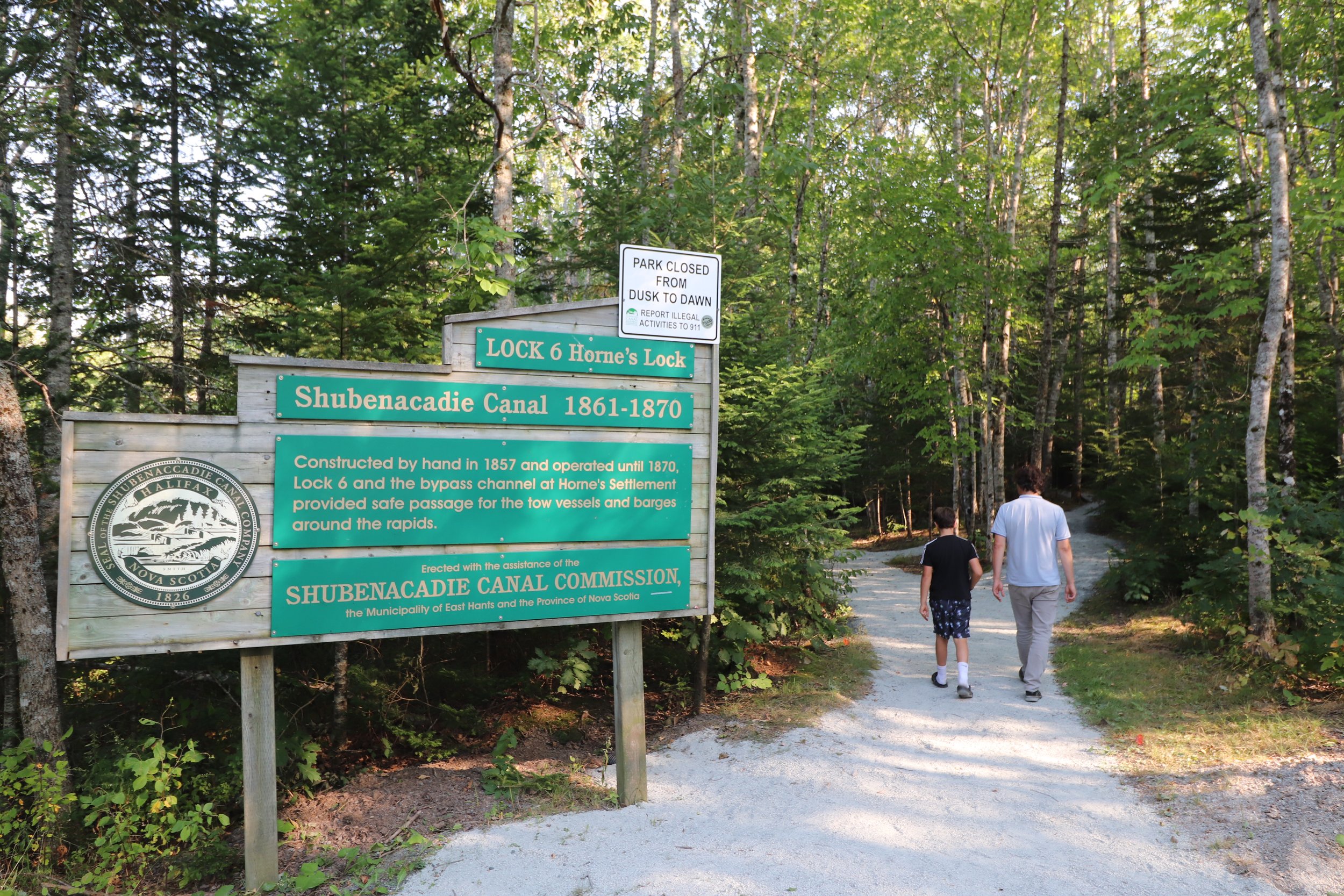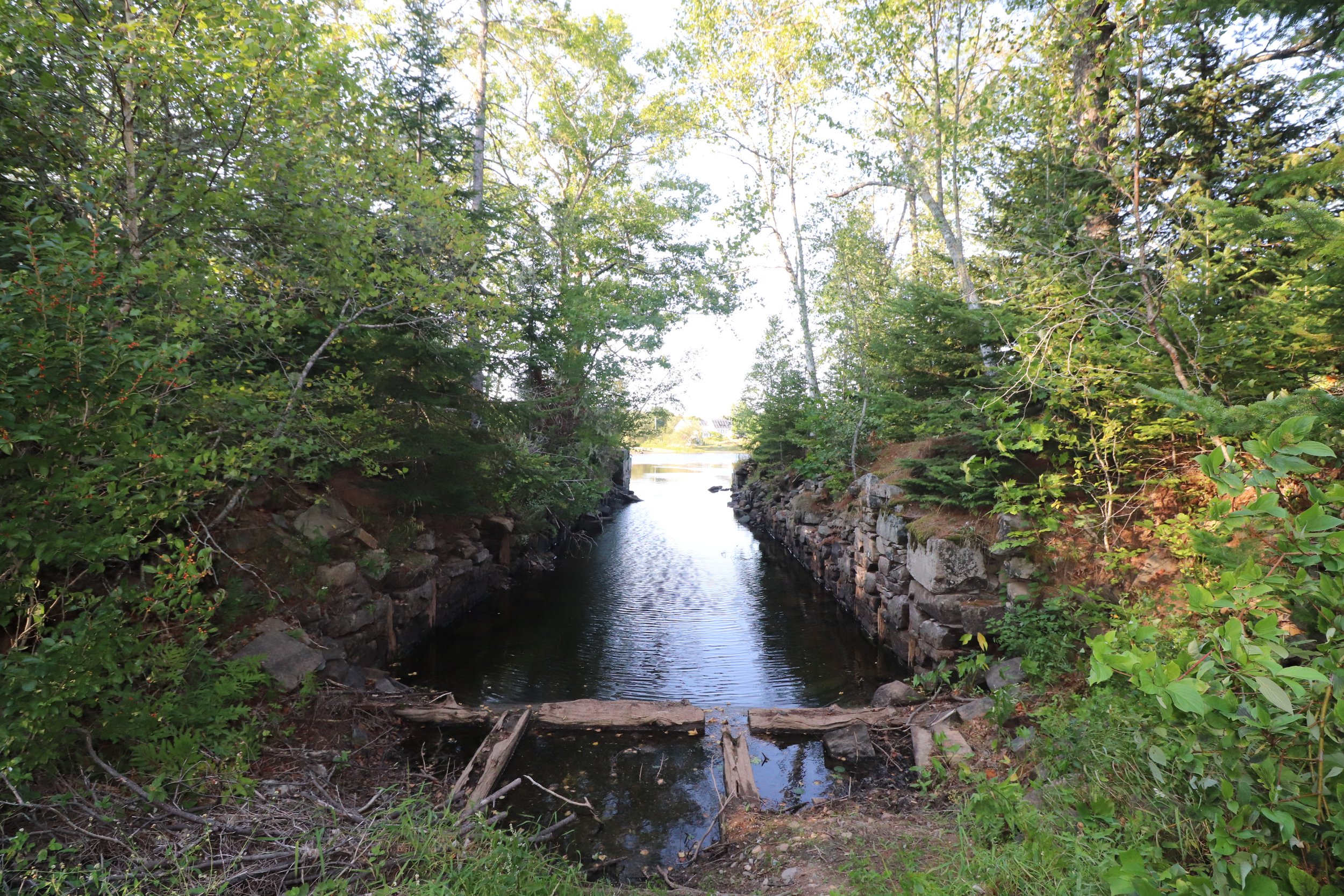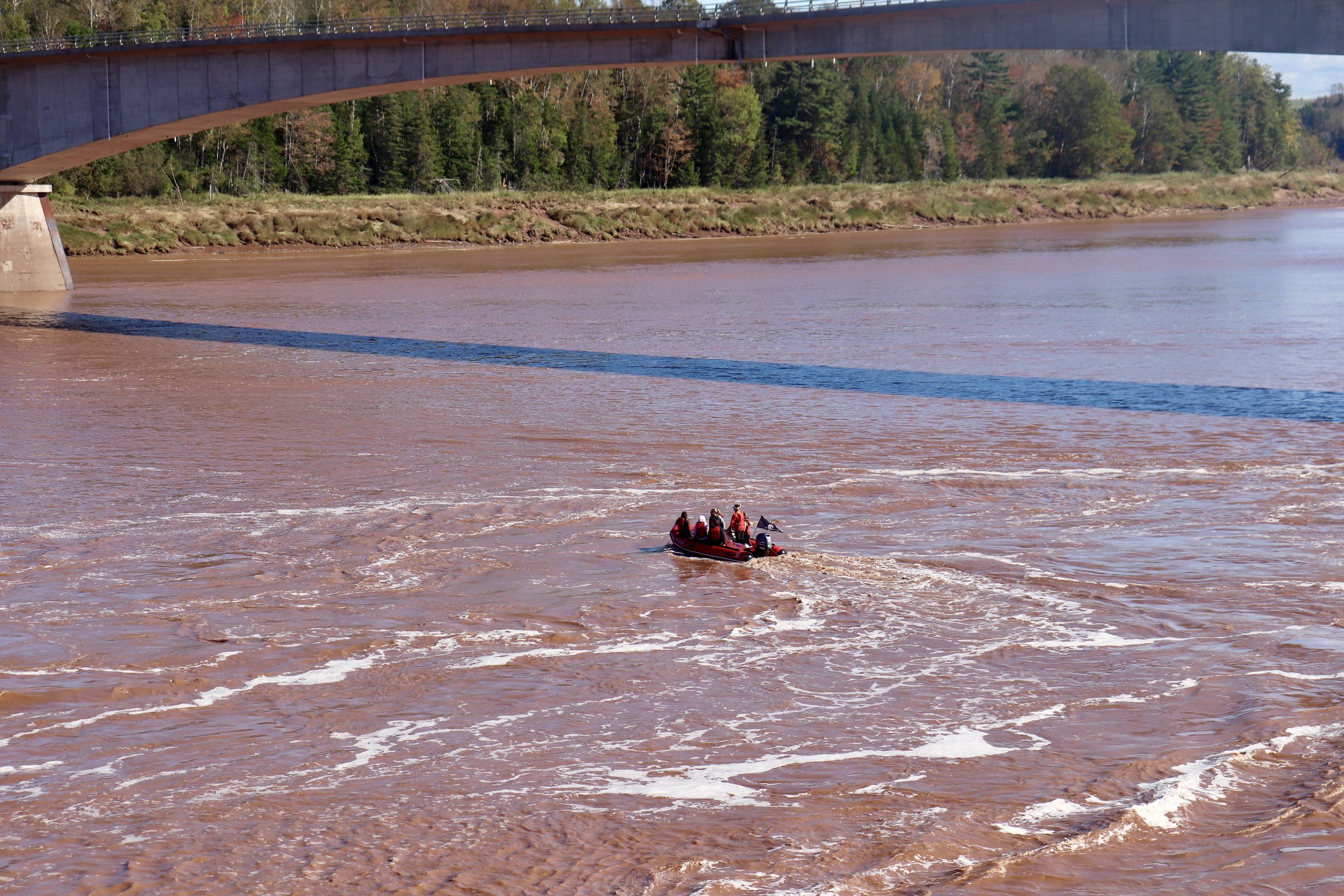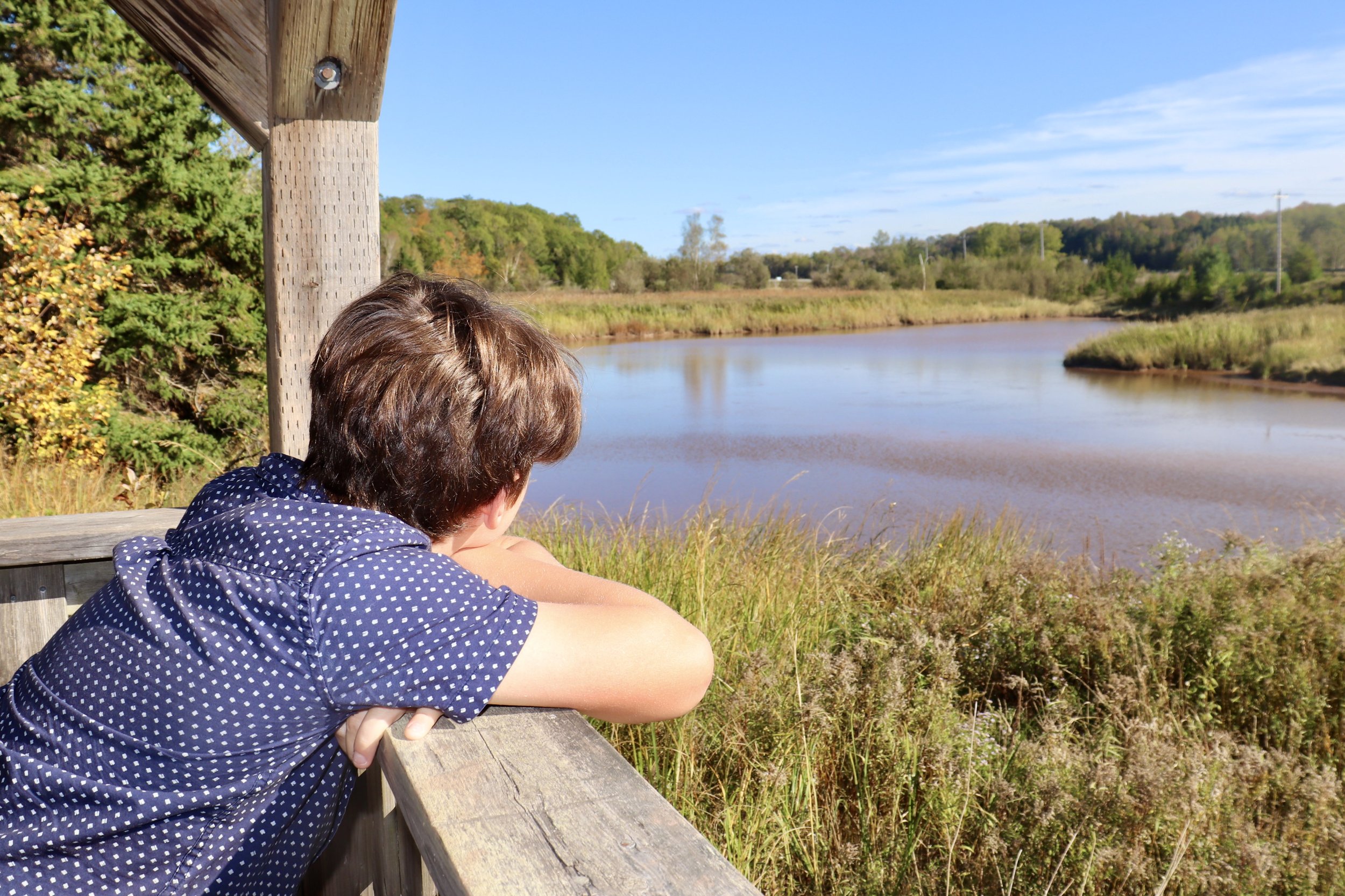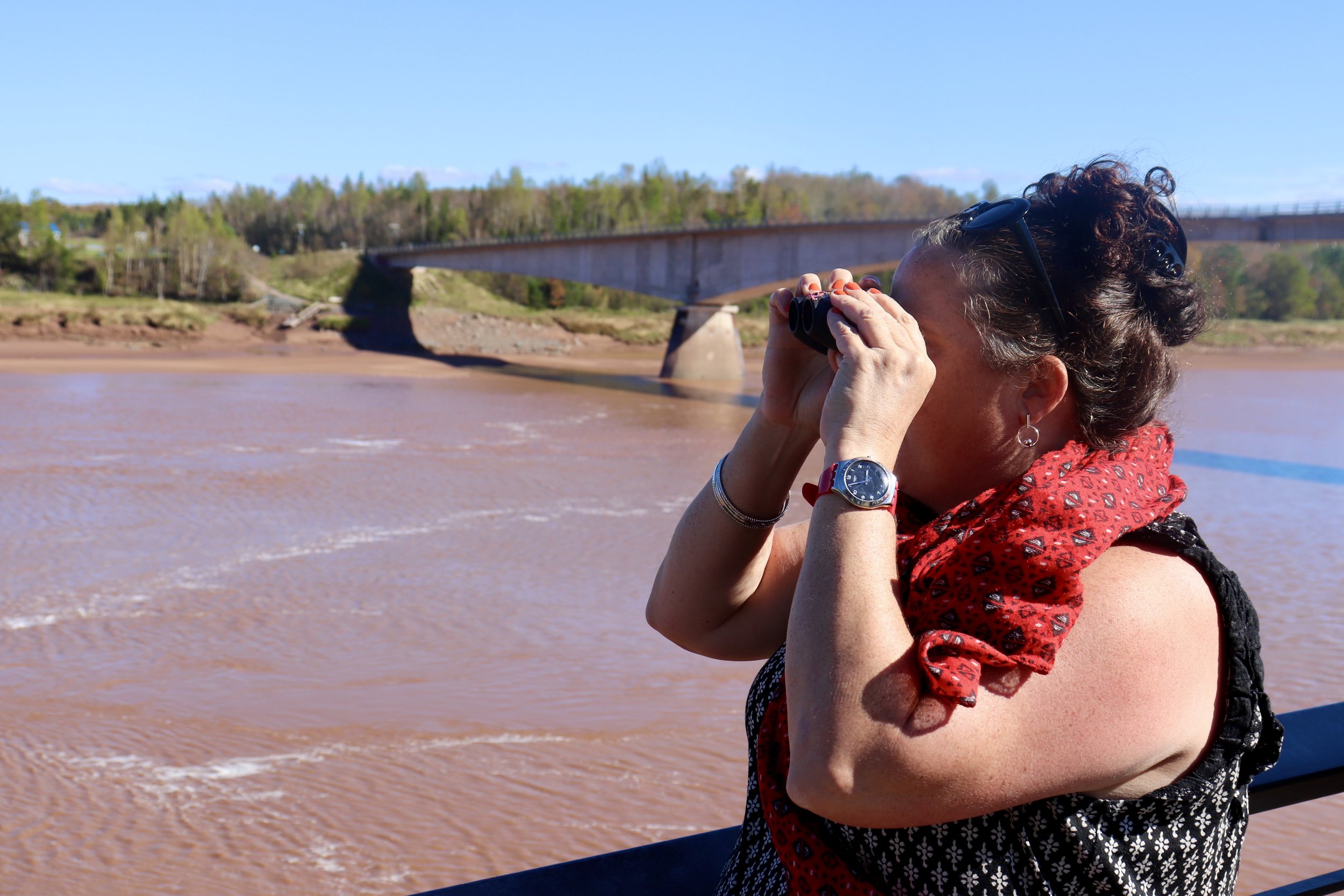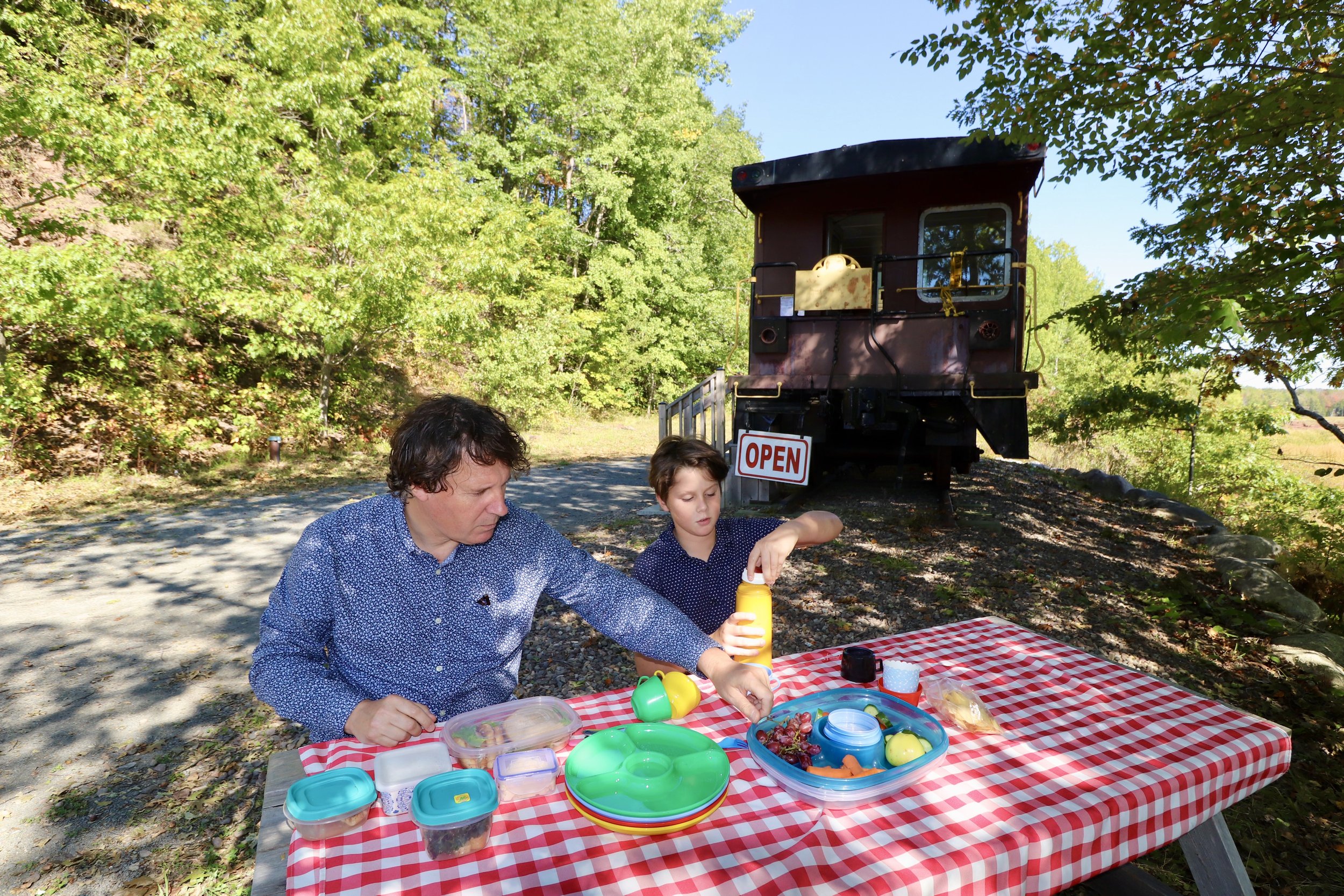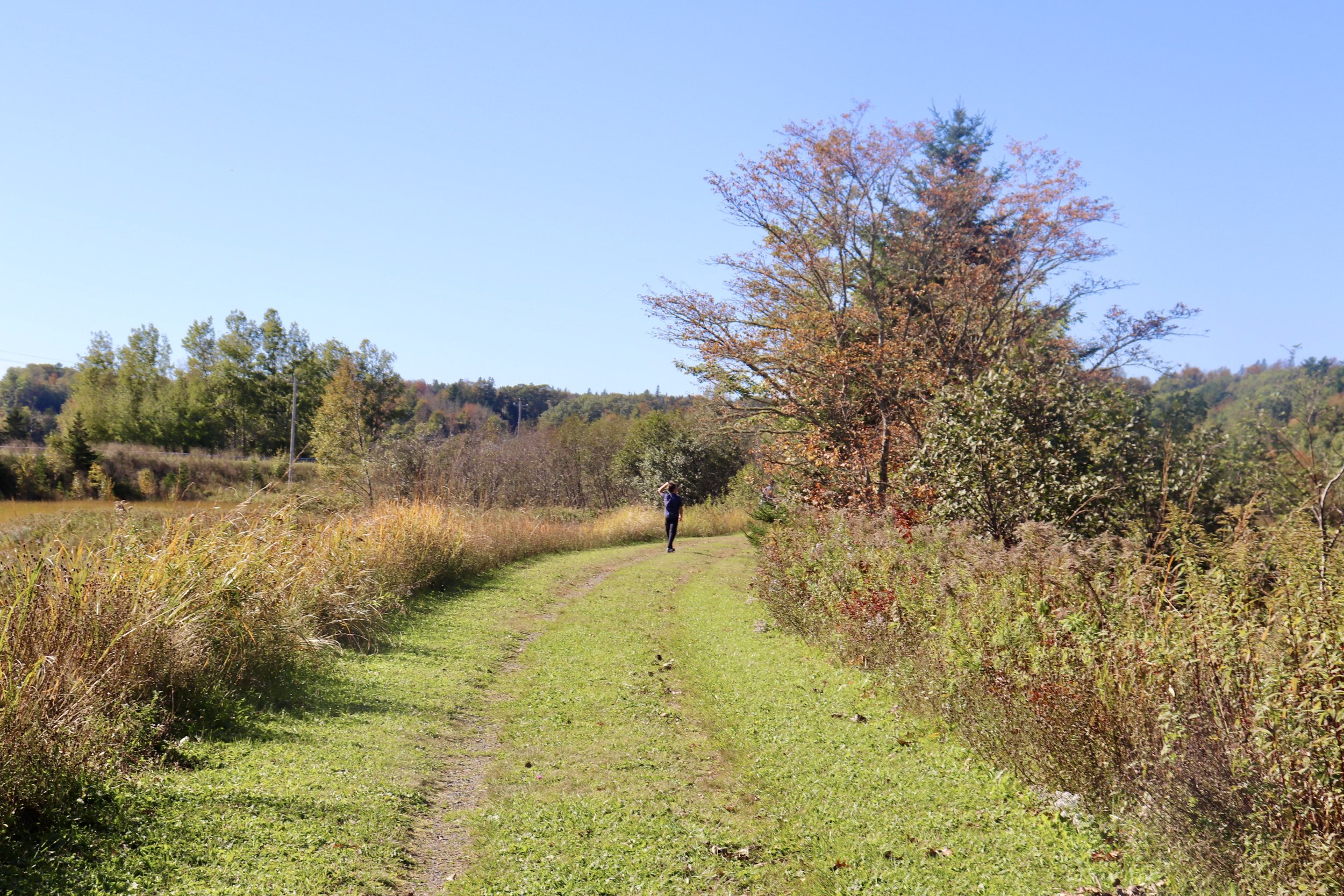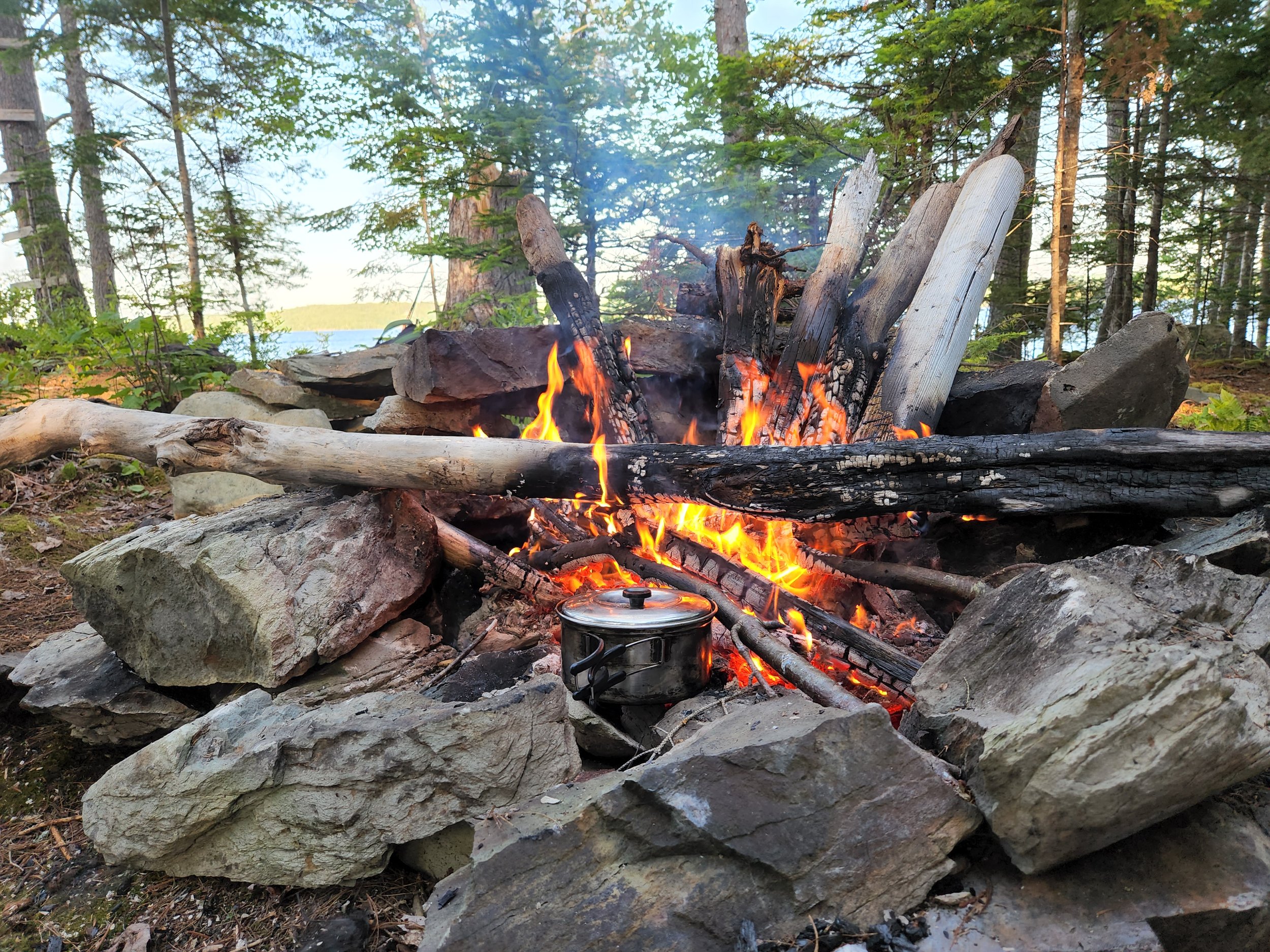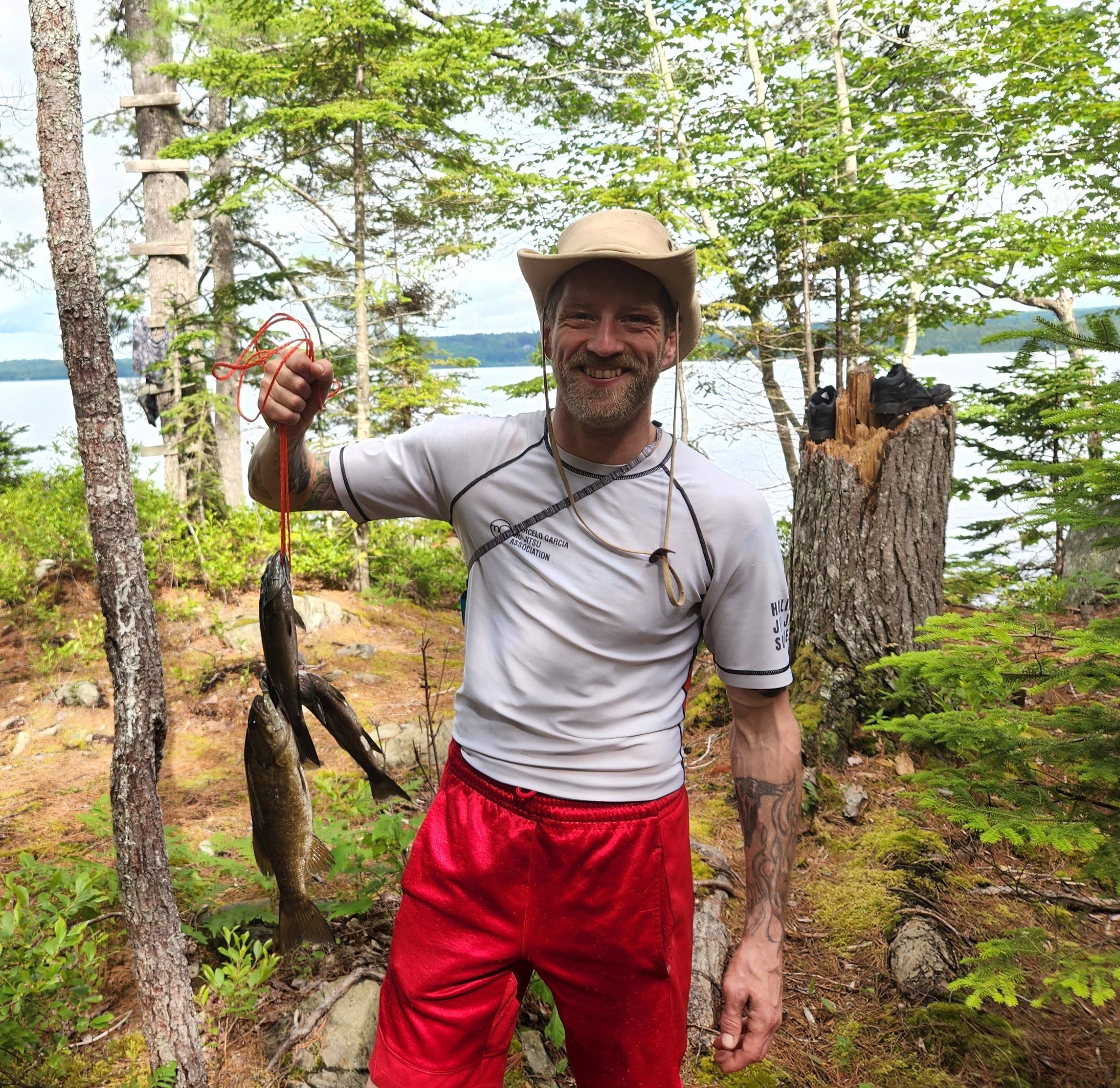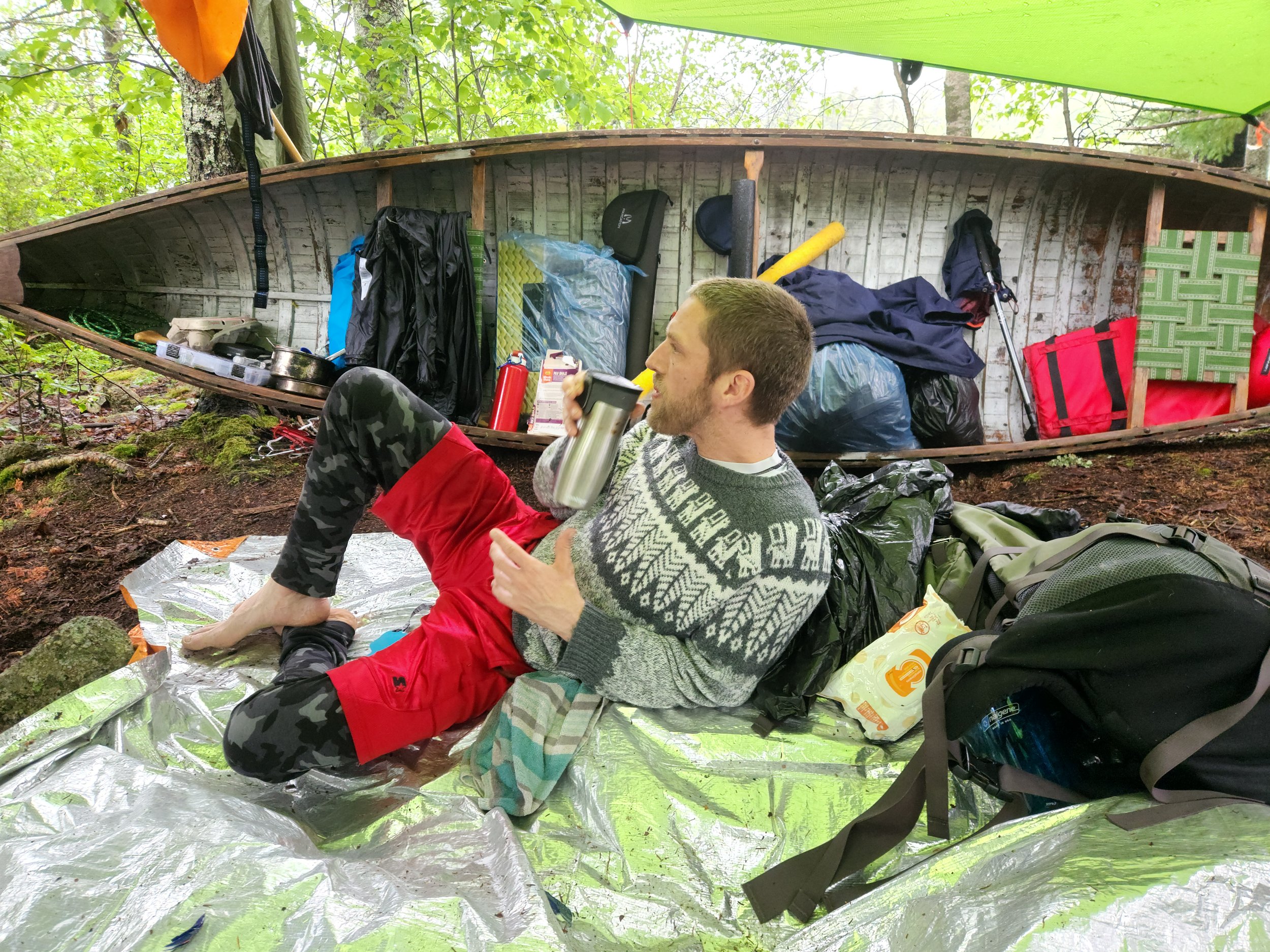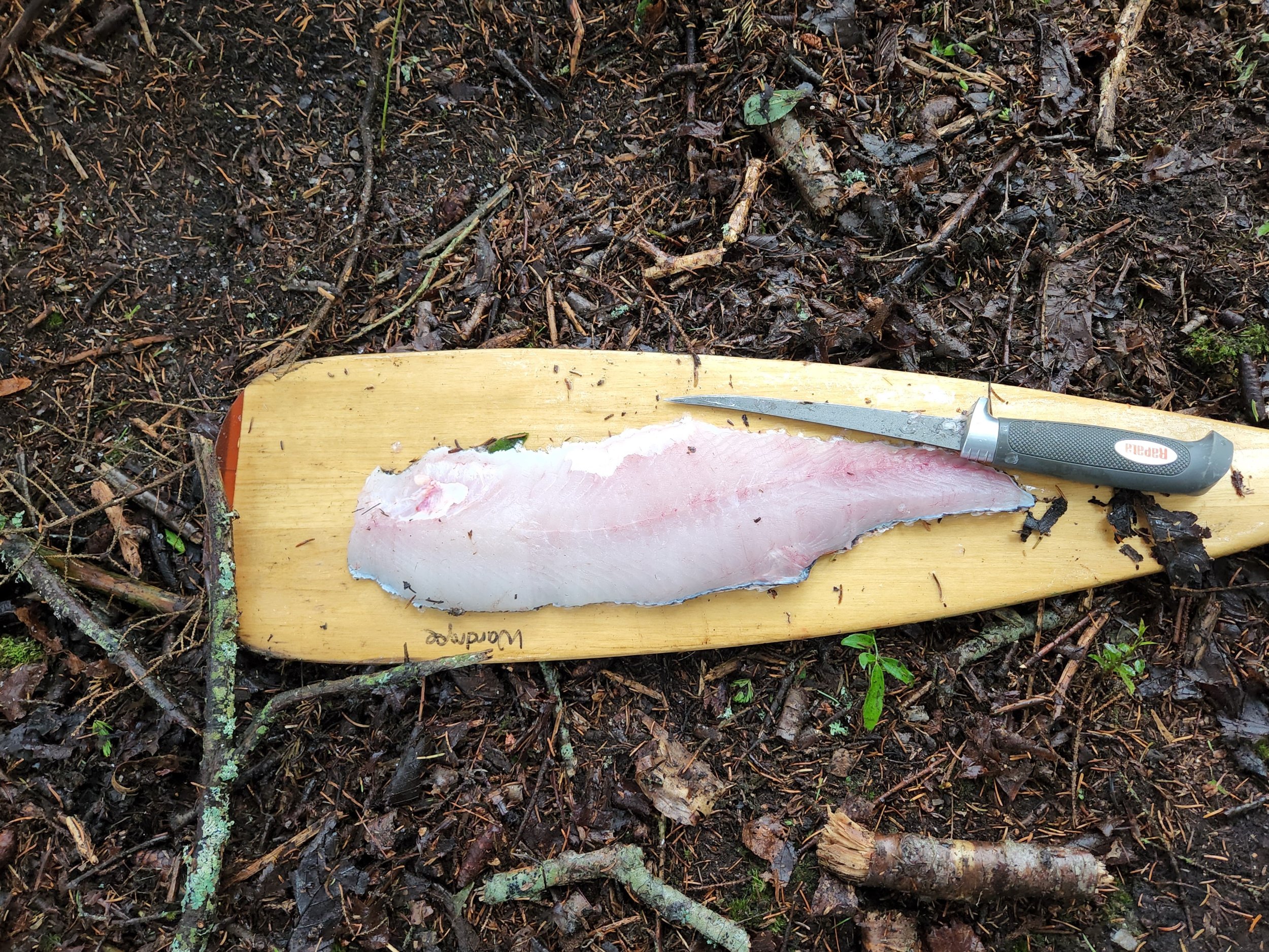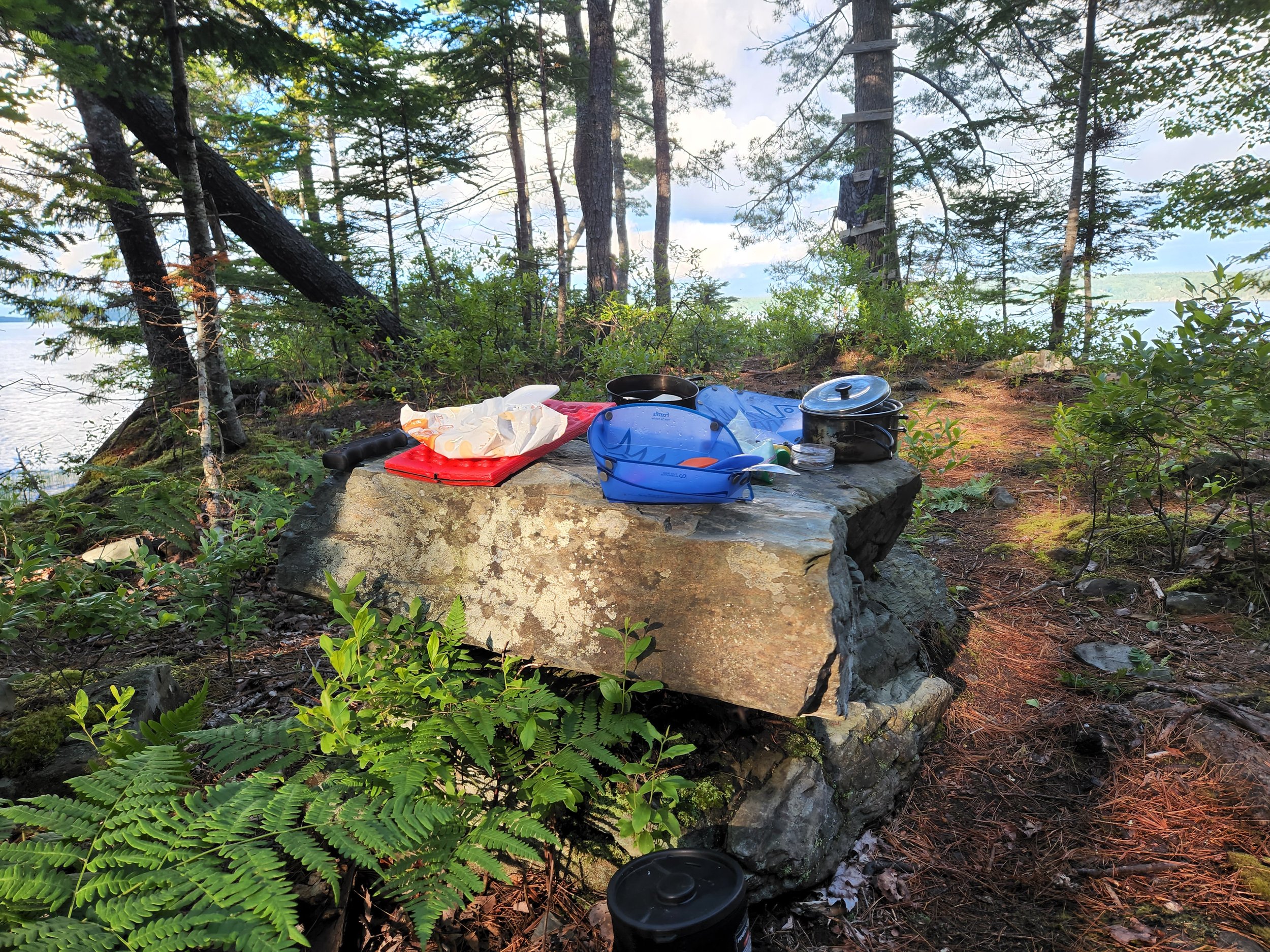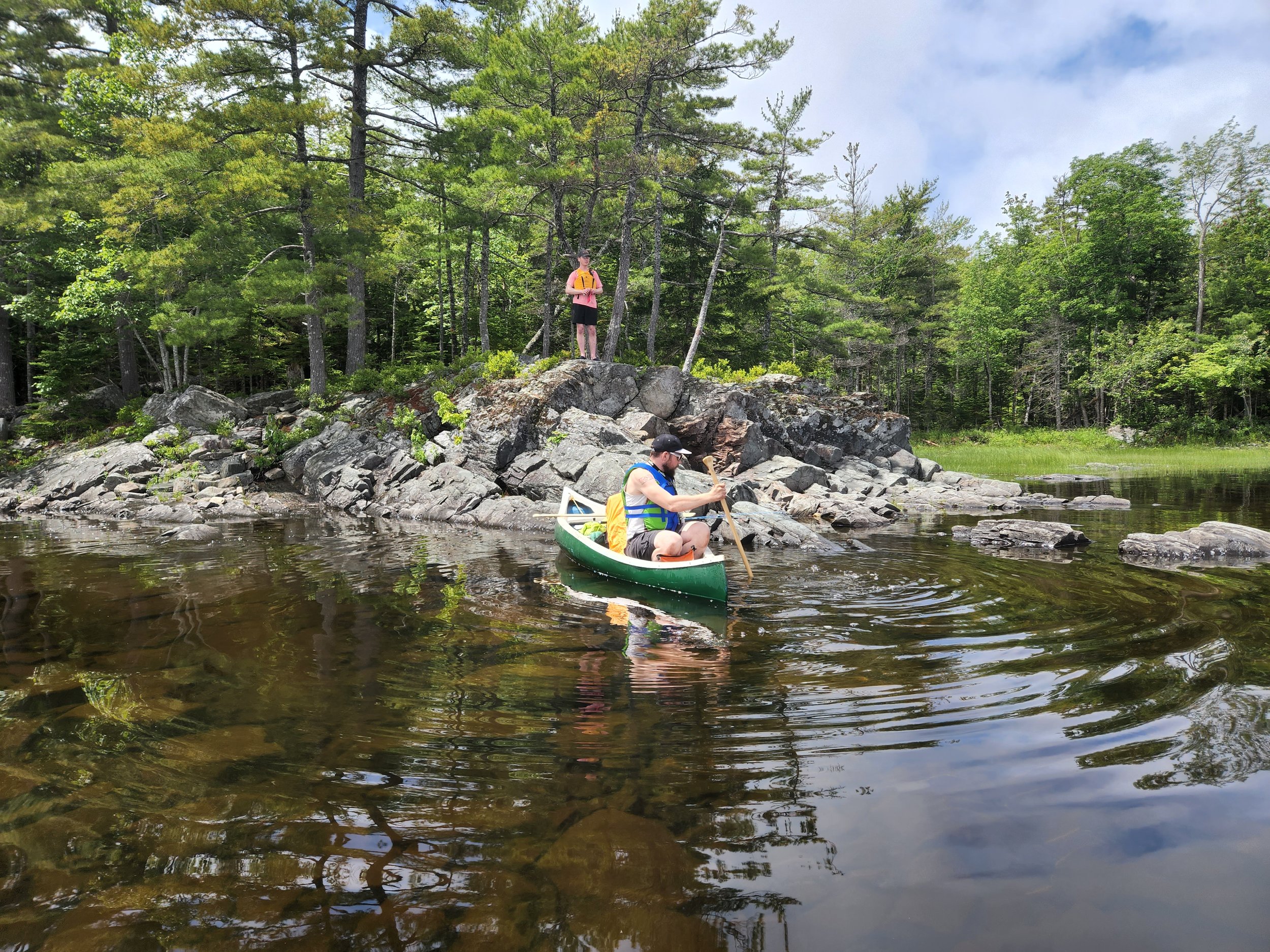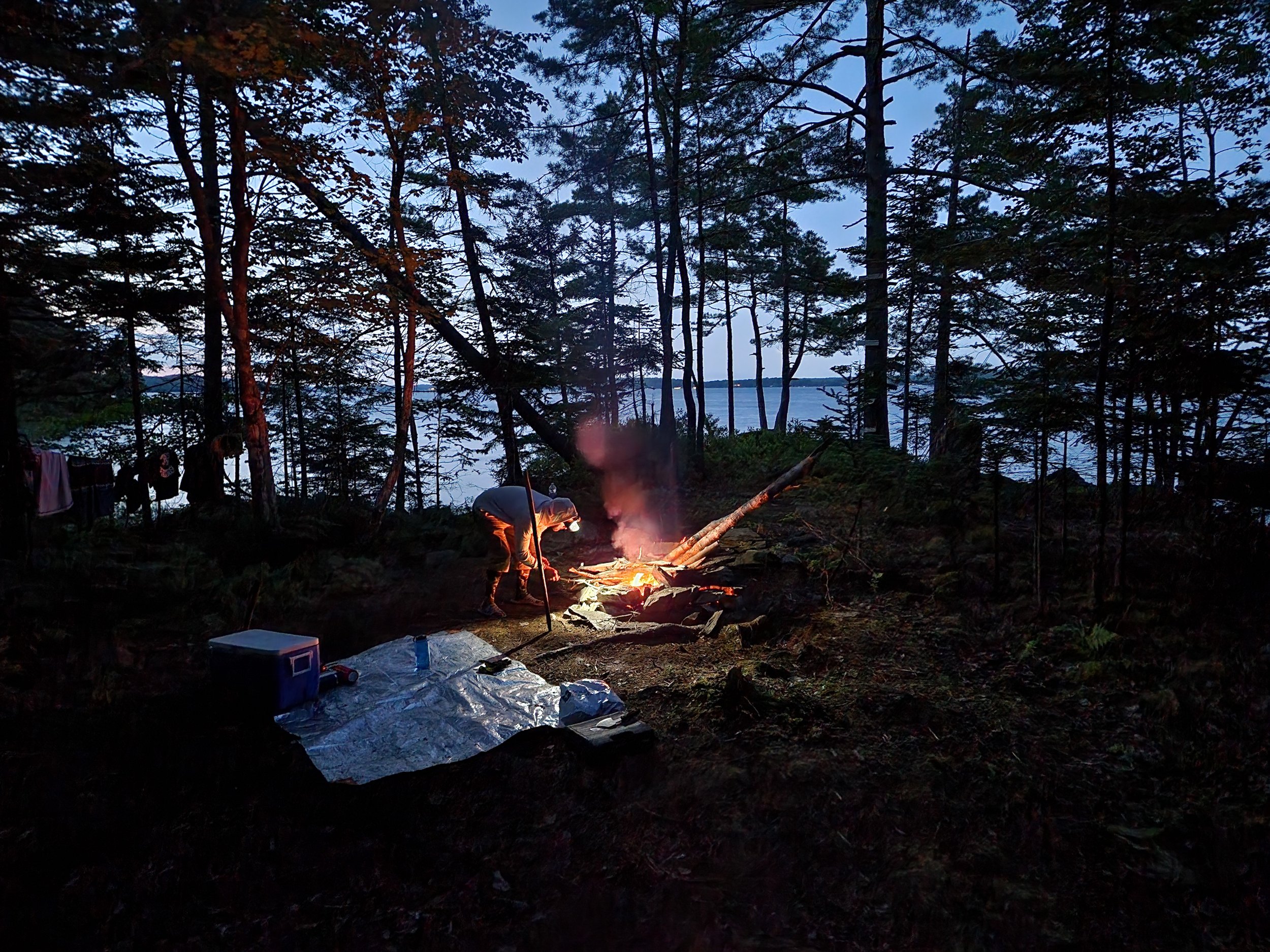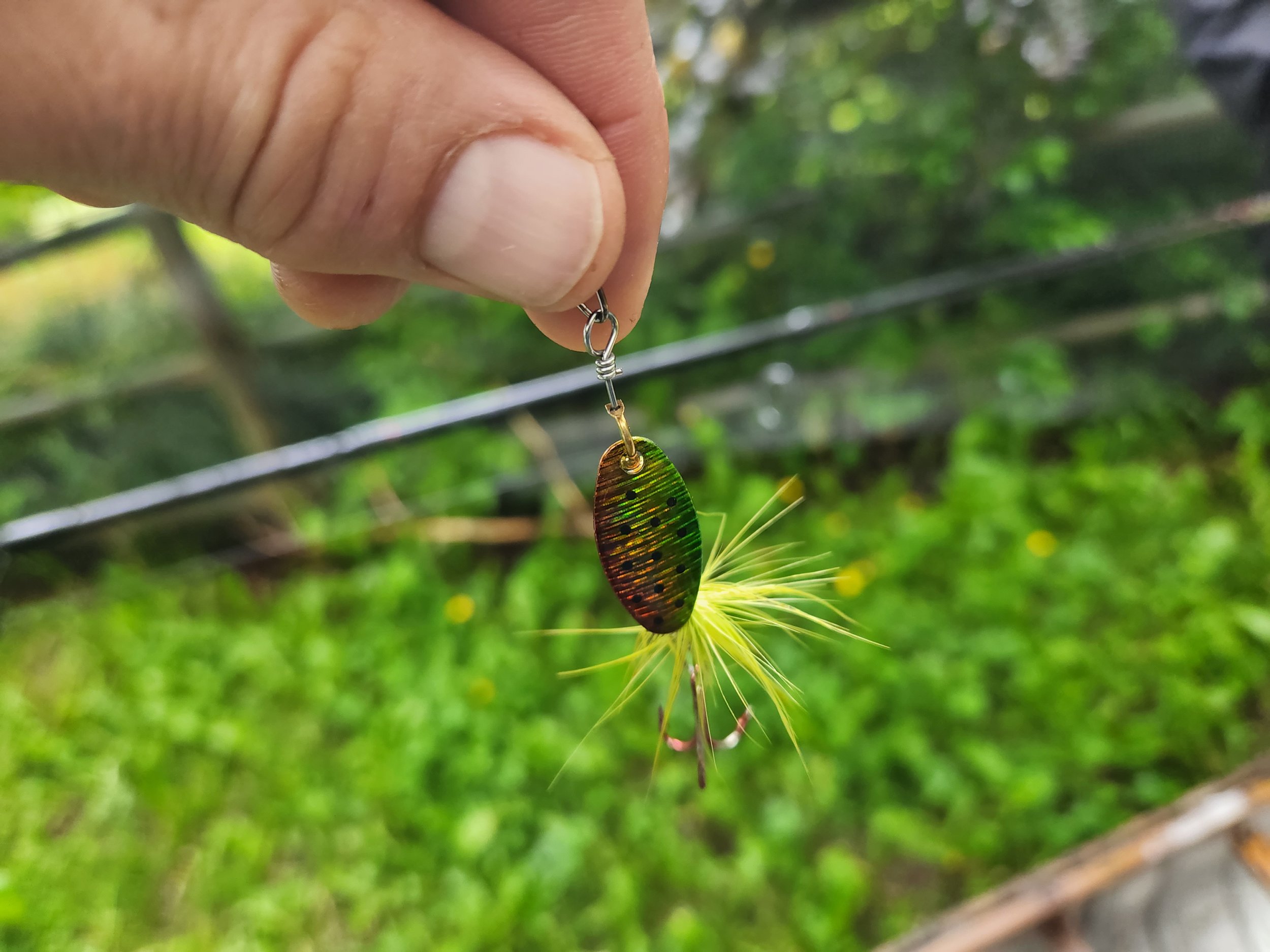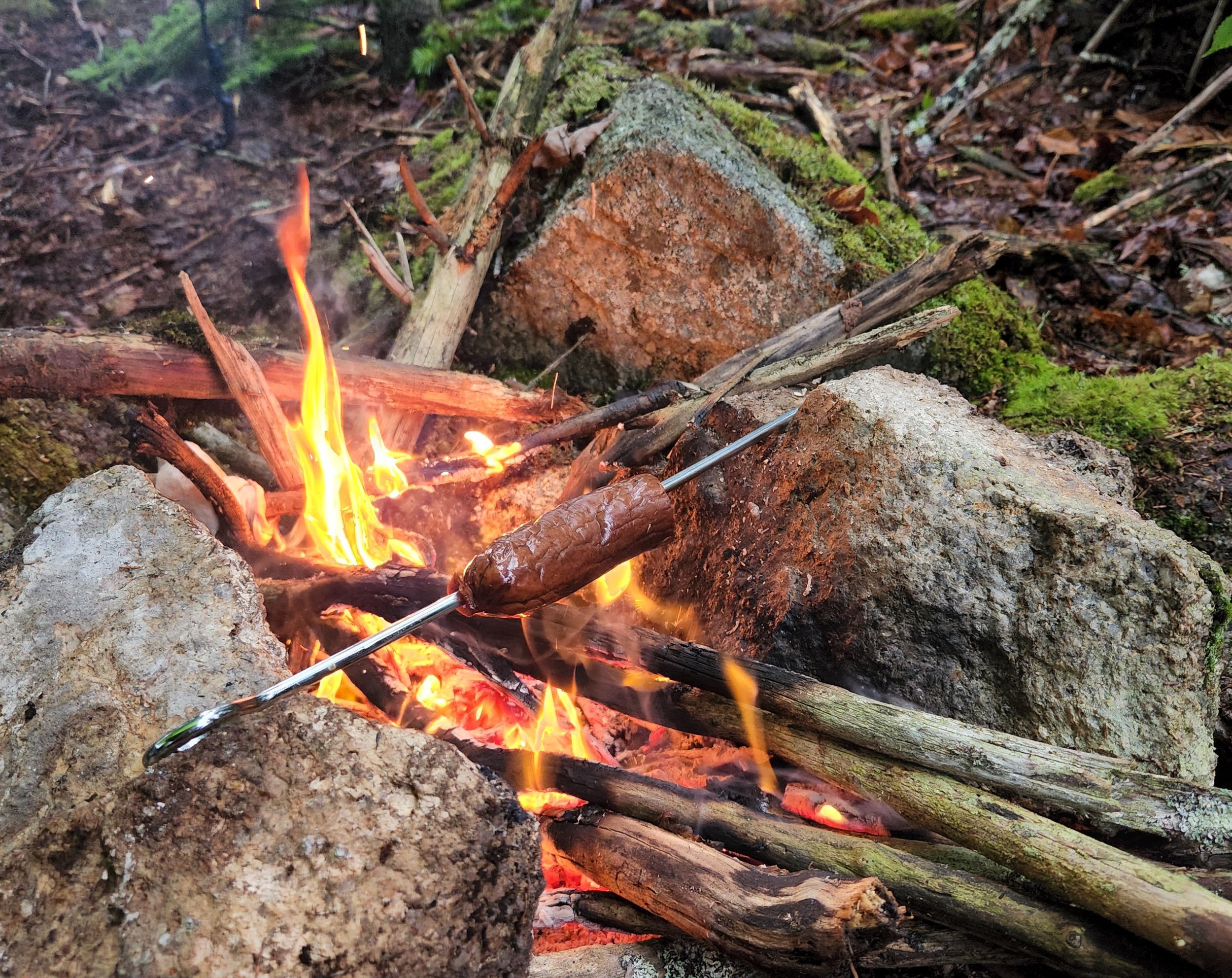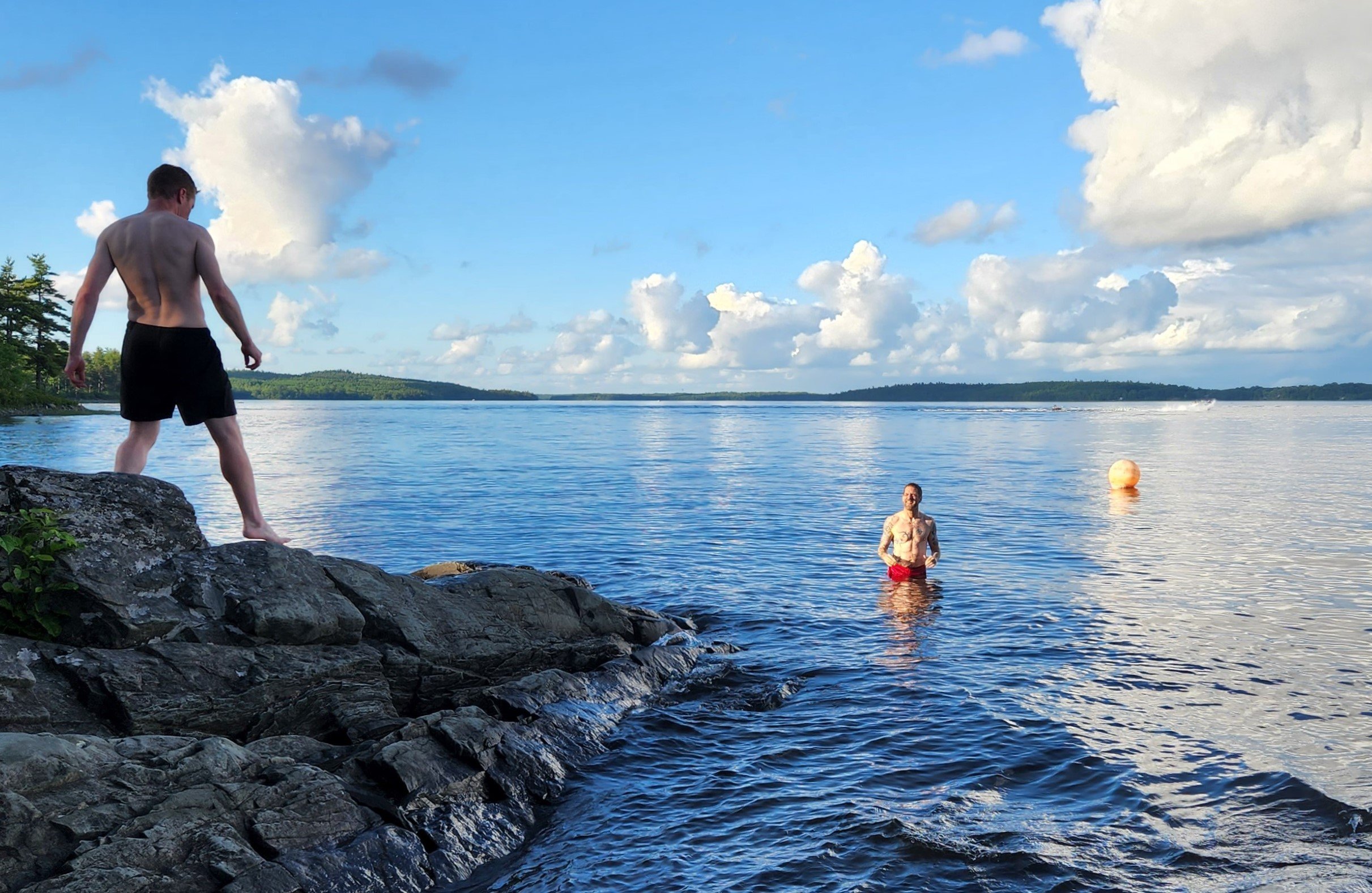By Helen Earley
This is the fifth and final article in a series of tourism stories about ways to enjoy the Shubenacadie Waterway, funded through the Shubenacadie Canal Commission’s Transitions project.
Check out A River Runs Through It by Nancy Stapleton, Date Night at the Fourth Lock by Helen Earley, Failure’s Paradise by Jeremy Hull and Un-Lock Your Next Nova Scotia Adventure by Davey and Sky Media.
Fundy Tidal Interpretive Centre observation platform.
Credit: Tourism Nova Scotia | Photographer: Acorn Art Photography
Have you ever explored the Shubenacadie Canal? The history of the Shubenacadie Canal goes back to the mid-1800s when an ambitious (and very expensive) construction project linked Halifax Harbour to the Bay of Fundy by cutting new channels and dams along a lake and river system already used by the Mi’kmaq. In its industrial heyday, flat-bottomed steamboats used the Shubenacadie canal system to transport lumber, bricks, coal, and granite across the province, but its success was short-lived. By 1871, the once-essential “water highway” had been replaced by a new, faster, more resilient form of transportation: steam trains.
The present-day Shubenacadie Waterway system runs roughly along the same path as the railway that replaced it, beginning just below Sullivan’s Pond in Dartmouth and stretching all the way to Maitland where it meets the Bay of Fundy. It features charming ponds and rivers, large, deep lakes, historic canals and locks, and fascinating marshes and wetlands.
In 1984 The Shubenacadie Commission was formed to preserve the historic features of the waterway and promote it as an exceptional recreation destination. The result is a system of trails, helpful signage and picnic areas that are easy to navigate, and fun to explore throughout all seasons of the year.
Here are 5 family-friendly adventures along the Shubenacadie Waterway, perfect for an excursion with young children and grandparents.
1. History Hikes at Shubie Park
The Shubenacadie Canal Commission’s History Hike is a free, 40-minute guided walking tour to introduce your family to the Shubenacadie canal. As well as learning the history of the canal, you’ll learn about the residents of the Shubie: owls, chickadees, chipmunks, wood ducks, herons, turtles – and occasionally, a beaver!
A history hike is a great starting point for an afternoon at Shubie Park. For lunch, enjoy a delicious smash burger at the Lockside Canteen by Lemon Dogs, perhaps followed by a cappuccino from mobile coffee shop, Café Lucca. Families with older kids can rent kayaks from Wildwood Water Sports, while those with toddlers will enjoy a simple pathway stroll. Adrenaline junkies can get some air at the Shubie pump track, while in the summertime, you can beat the heat with a swim at Shubie Beach.
To attend a history hike, there is no need to book ahead. Simply show up at the Shubie Park Trailhead next to the Fairbanks Centre (54 Locks Road B2X 2W7) at 11:00 AM on Wednesday or Saturday (May until the end of October).
History Hike meeting spot.
2. Vivien’s Way
Vivien’s Way is a short (400 m) trail through the woods along the shore of Lake Charles, providing quiet lakeside look-offs and plenty of places to rest. To access it, you must first walk along the Lake Charles Trail – a wide, crushed gravel trail, popular with joggers and cyclists.
While avid hikers and weekend athletes might approach Vivien’s Way from Shubie Park (8.5 km round trip), families with young children can appreciate the same scenery on a smaller scale by approaching the trail from the Shubie Trailhead at 1027 Waverly Road, where there is ample parking for several cars.
Once you have parked, cross the wooden bridge, veer left, walk under the overpass, and then follow the Trans Canada trail through the woods for about 1 km to reach Vivien’s Way, which is signposted on your left. After completing this charming woodsy stroll, return to the gravel path, and go back the way you came, completing an easy 2.5 km hike, jog, or cycle.
3. Oakfield Park
Oakfield Park is a popular day-use provincial picnic park located on Shubenacadie Grand Lake, the seventh and largest lake located in the waterway system, and the perfect location for a family picnic or summer barbecue. An impressive, gentle hill leads to a small beach and swimming area. Just around the corner, the entrance to the Shubenacadie River marks the continuation of the canal system. Step back in time to imagine Grand Lake as a bustling epicentre of industry, full of boats and barges, lumber mills, and quarries!
Oakfield Park Beach.
The trails at Oakfield Park don’t have much signage but are otherwise very easy to explore. The Oakfield Park Path is a 4 km loop around the park, traversing fields and wooded areas. A highlight of the trail system is a flat, wooded gravel path parallel to the shoreline, perfect for snowshoeing and cross-country skiing in the winter. The Indian Point loop is the easiest and shortest section of the path. From the picnic area, simply duck into the woods, walk out to the point, and come back again.
4. Lock 6 Park
To move boats uphill or downhill, engineers created locks along the canal. A lock can be explained to children as a “water elevator.” A boat enters an elevator full of shallow water, and a door (a sluice gate) is closed behind it. Then, the elevator is flooded with water, floating the boat up to a higher level. Finally, a gate on the other side is opened, and the boat leaves the lock. The boat has “climbed” the water! The purpose of Lock 6 at Horne Settlement, near Enfield, was to divert water away from the rapid-flowing Shubenacadie river, creating a calm passage for boats.
Lock 6 Park begins with a wooden boardwalk showcasing a rich sedge marsh, where interpretive panels have been placed to acquaint you with the local birdlife such as Black ducks and Eastern wood-peewees (small birds that sing “pee-a-wee!”). Next, you will come across the abandoned lock itself. Depending on the water levels, you can climb down and examine the engineering, (and perhaps, like we did, meet a resident frog!). Finally, the 1 km trail continues into the mixed forest, where you’ll encounter friendly chipmunks, who dash around beautiful light-dappled trees. The trail is perfect for all-terrain strollers.
An interesting itinerary would be to make Lock 6 part of your Sunday brunch routine. Begin with breakfast at The Irving Big Stop in Enfield, or the charming Cup of Soul Café in Elmsdale, then embark on a short family walk through Lock 6 Park.
Lock 6 Park is at Exit 7 off the 102. The address is Lock 6 Park, 66 Arrowhead Dr, Enfield, NS B2T 1G9.
5. The Fundy Tidal Interpretive Centre
The Fundy Tidal Interpretive Centre marks the point at which the Shubenacadie River meets the Bay of Fundy. A towering lookoff provides families with a front-row seat for the tidal bore: a phenomenon where a tidal wave travels the “wrong way,” against the current of the river. Once you’ve observed nature’s thrilling magic trick, stick around to see the tidal bore rafters – high-speed inflatable boats that follow the muddy bore, providing a hair-raising adventure for tide-tourists.
But there’s more to this location than just the lookoff. The Fundy Tidal Interpretive Centre houses a small museum that includes a decommissioned caboose from the days of the Dominion Atlantic Railway– a once-thriving railway empire with close connections to the Annapolis Valley apple industry and the Digby Pines hotel.
The Fundy Tidal Interpretive Centre is the perfect place for a family picnic since there are several picnic tables and park benches along the path to the lookoff tower, and clean, well-maintained washrooms inside the building. Behind the interpretive centre, the Wetlands Trail is a 1 km-long pathway along the former railway bed, flanked by forests, apple trees, and marshes.
The Fundy Tidal Interpretive Centre is about an hour’s drive from Halifax. The address is 9865 Highway 236, South Maitland. The centre operates seasonally, from mid-May until mid-October. Call ahead to arrive for the Tidal Bore.
Start Exploring!
Once your family begins to explore the Shubenacadie Waterway from a “canal” perspective, it’s hard to stop. You will be surprised at how many already-familiar locations in Nova Scotia are connected to the canal. And, like our family, you may be amazed at how such a short-lived and ultimately unsuccessful construction project from the 1800s could transform into the complex and beautiful network of recreational activities that exists along the waterway today.
View from the Wetlands Trail.
All photos credit to Helen Earley. Helen Earley is a Halifax-based travel writer and author of the travel guide 25 Family Adventures in Nova Scotia.


